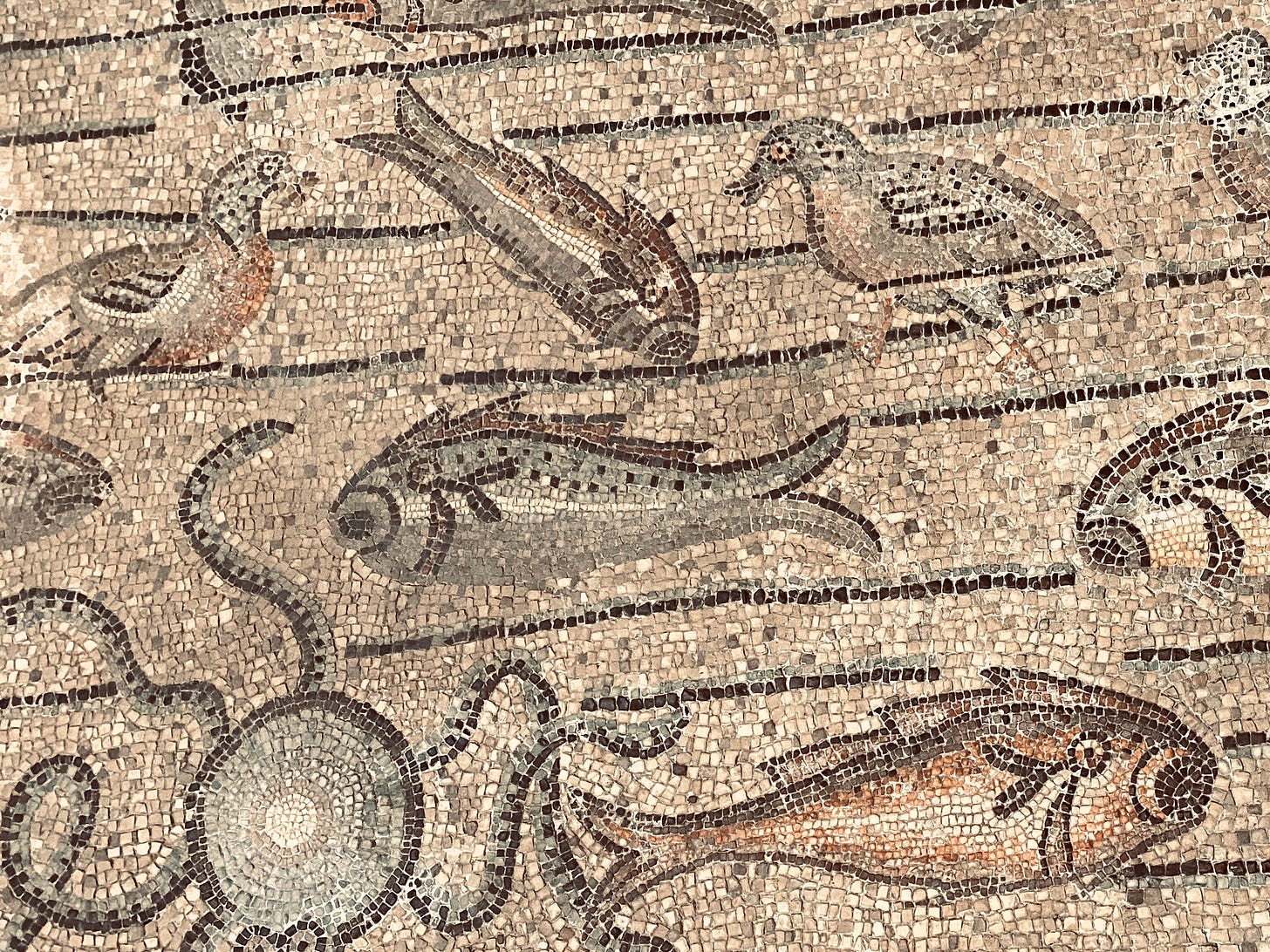Theological speculations inspired by cellular automata
Divine action and determinism, time and eternity, being and becoming, free will.
Greetings to all readers and subscribers, and special greetings to the paid subscribers!
Please scroll down for the main topic of this newsletter. But first:
Stay tuned for the next episode of the Turing Church podcast. I’ll chat with Riz Virk, the author of “The Simulation Hypothesis: An MIT Computer Scientist Shows Why AI, Quantum Physics and Eastern Mystics All Agree We Are In a Video Game” (2019, see my review) and “The Simulated Multiverse: An MIT Computer Scientist Explores Parallel Universes, The Simulation Hypothesis, Quantum Computing and the Mandela Effect” (2021, see my review). There’s plenty to talk about.
On August 29 I was glued to the TV, hoping to watch the launch of Artemis 1. The launch was scrubbed due to fuel leaks. Another launch attempt on September 3 was also scrubbed for the same reason. NASA and all space enthusiasts all over the planet hoped to see a successful launch on September 27, but hurricane Ian got in the way. Now the SLS is back inside the Vehicle Assembly Building, and NASA expects to try again between November 12 and 27.
No big deal - we have waited 50 years for the beginning of the return to the Moon, we can wait a few more weeks. But this shows that the return to the Moon and the real beginning of human space expansion will be hard, with roadblocks and setbacks. We space enthusiasts and expansionists must do what we can to help.
Make no mistake: space expansionism - becoming an interplanetary and then interstellar civilization, and then cosmic engineers - is a cornerstone of Turing Church.
I intend to support the permanent return to the Moon more actively. My main focus is cosmic metaphysics and long-term futurism, but this will be my contribution to the here-and-now of space expansion.
The picture below is a screenshot from a video produced by the Moon Village Association (MVA), Cultural Considerations Working Group.

I joined the MVA a few years ago. I like the MVA because it doesn’t disperse energy but concentrates it on a clear and clean goal: let’s return to the Moon now, permanently and sustainably, and then we’ll see. I encourage you to join the MVA. If you want to take a kook first, you can join the Slack Workspace as a guest for 90 days.
OK, let’s move to yet another theological rant inspired by cellular automata. Divine action and determinism, time and eternity, being and becoming, free will.
I took this picture in the Basilica of Aquileia. A church mosaic of various life forms is an ideal cover picture for my theological speculations inspired by cellular automata.
The considerations in “More thoughts on determinism and free will” seem to lead to the conclusion that God can be consistently conceived as either transcendent or immanent. The God of non-predetermined becoming is immanent, the God of deterministic being is transcendent, and the two views are complementary like the two possible alternative interpretations of a Necker cube or this picture. Here I’m exploring this concept.
This post follows “My little toy universe: a cellular automaton for computational theology” (required reading before this). My little toy universe is generated by a program that computes cellular automaton Rule 37R, the reversible second-order extension of Stephen Wolfram’s elementary one-dimensional cellular automaton Rule 37. See Wolfram’s explanations in “A New Kind of Science” (NKS).
My little toy universe is fully deterministic, reversible, and finite. So is our universe, according to Wolfram. See the Wolfram Physics Project, the book “A Project to Find the Fundamental Theory of Physics,” and my previous commentaries (1, 2).
My little toy universe is finite because I want to use a worst case view that voids most of my arguments against determinism (e.g. no Gödel, no infinities, no uncomputable real numbers). But I’m arguing that even this worst case view doesn’t exclude God (or whatever you want to call God) and free will.


